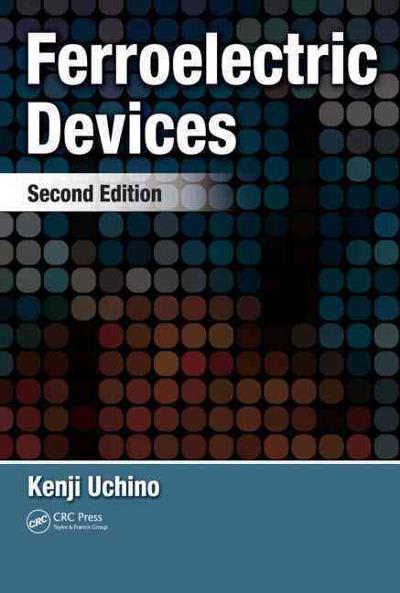Answered step by step
Verified Expert Solution
Question
1 Approved Answer
1)Air temperature in a desert can reach56.0C (about133F).What is the speed of sound (in m/s) in air at that temperature? ______m/s MY NOTES The two
1)Air temperature in a desert can reach56.0C (about133F).What is the speed of sound (in m/s) in air at that temperature? ______m/s



Step by Step Solution
There are 3 Steps involved in it
Step: 1

Get Instant Access to Expert-Tailored Solutions
See step-by-step solutions with expert insights and AI powered tools for academic success
Step: 2

Step: 3

Ace Your Homework with AI
Get the answers you need in no time with our AI-driven, step-by-step assistance
Get Started


